Growing Milkweed: How To Cultivate Healthy Asclepias For Monarchs And Other Pollinators
Learn how to grow milkweed to amplify your pollinator garden!
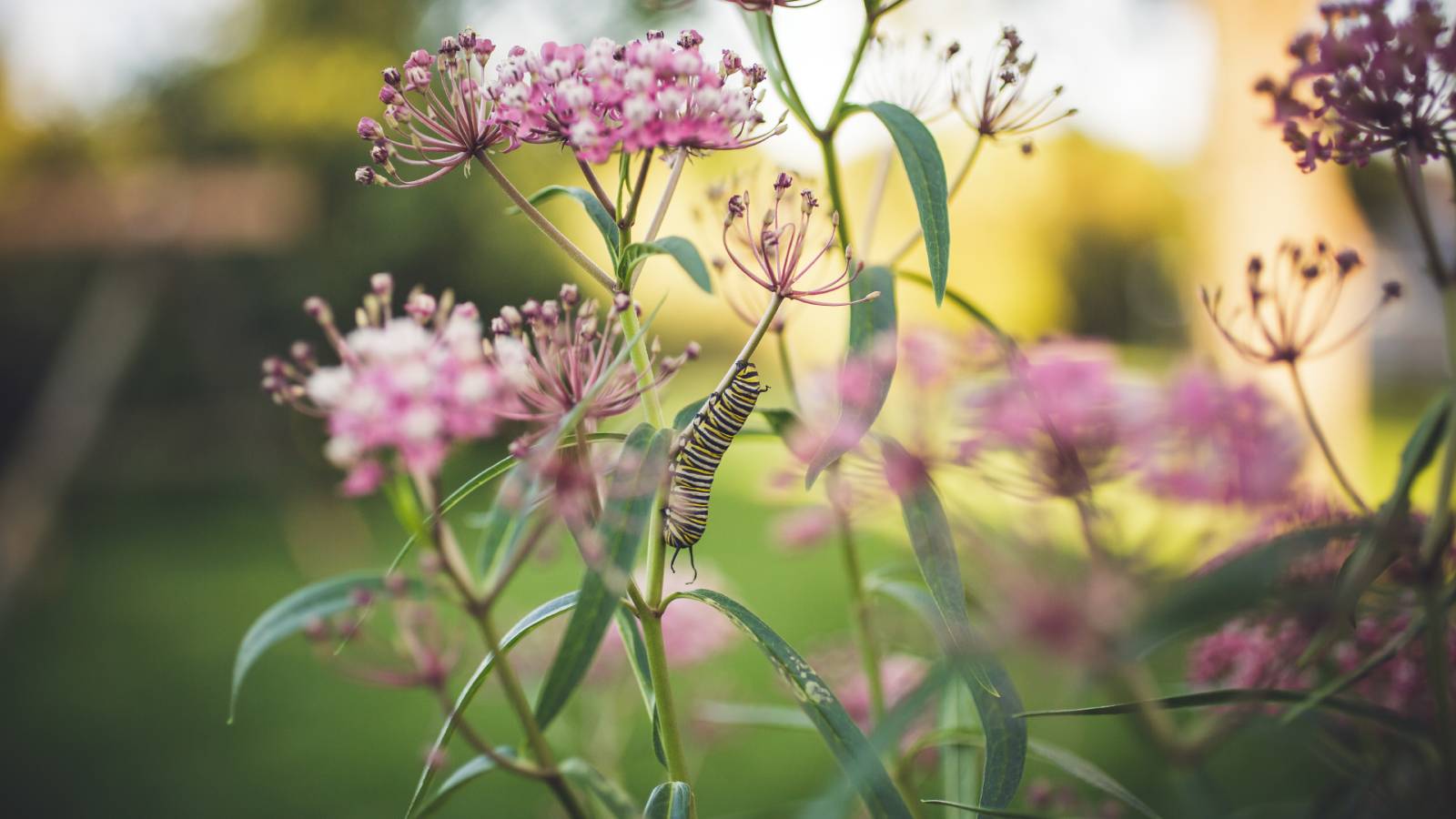

Quick Facts
Botanical name – Asclepias spp.
Height – 2 to 4 feet (0.6 to 1.2 m)
Spread – 9 to 24 inches (23 to 61 cm)
Sun exposure – Full sun
Soil requirements – Dry, well-drained
Hardiness zones – USDA Zones 3 to 9
When to plant – Spring or Fall
Flowering time – Summer
Milkweed is a group of native plants that are special in that they serve as the sole hosts for monarch butterfly caterpillars. If you know how to grow milkweed, you can help declining monarch populations rebound.
Growing milkweed also supports other native pollinators, so it’s a great plant to include in most gardens. There are several species and varieties, so look for the types native to your area that will grow best in your conditions. Milkweed is a great addition to a pollinator garden designed to attract butterflies.
Caring for Milkweed
Growing milkweed plants is easy if you provide the right conditions. These are the care needs for common milkweed. Growing conditions for milkweed varieties vary a little, so make sure you know which one you have and that it is appropriate for your garden.
Light
Common milkweed and most other types need full sun.
Temperature & Humidity
As native plants, milkweeds are hardy throughout their ranges and fit well into many types of butterfly gardens. Common milkweed is hardy in USDA hardiness zones 3 through 9 and tolerates wide temperature ranges. Extreme heat or humidity can be problematic.
Water
Common milkweed does not need to be watered once established, except in very dry conditions.

Invite majestic monarch butterflies into your garden with a Monarch Garden Kit, perfectly fitting into a 5' x 5' space.
Fertilizing
Milkweed tolerates poor soil and does not need to be fertilized.
Gardening tips, videos, info and more delivered right to your inbox!
Sign up for the Gardening Know How newsletter today and receive a free copy of our e-book "How to Grow Delicious Tomatoes".
Soil & Compost
Common milkweed grows best in dry, well-drained soil. It tolerates poor, rocky soil. Swamp milkweed is an exception and needs moist soil. It is best to determine soil texture before planting.
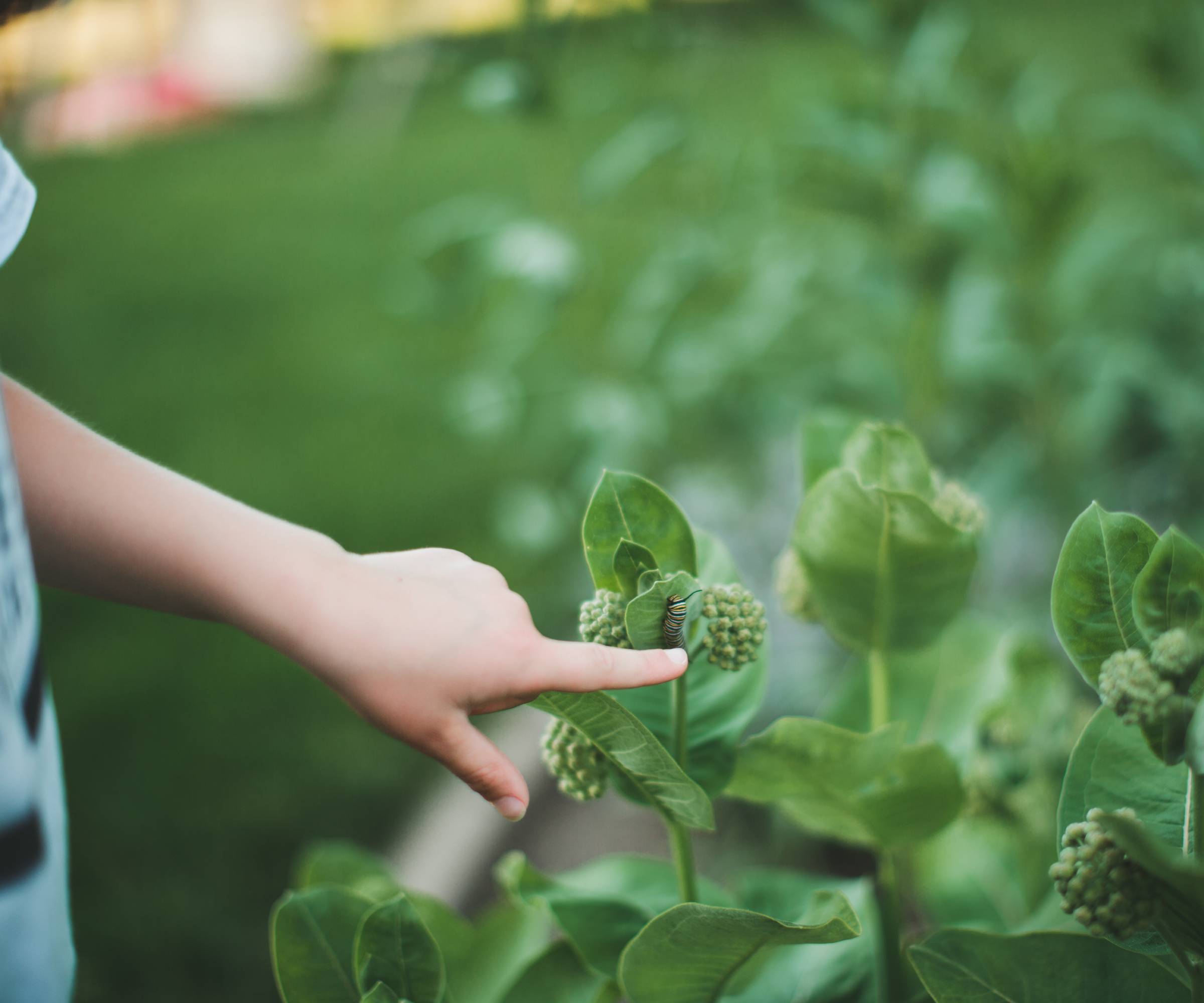
Where to Plant Milkweed
When planting milkweed plants, know what type you have. Most species, including common milkweeds, will grow best in soil that tends toward dryness and that drains very well. Most also need a spot with full sun. They tolerate poor soil and even rocky soil. You can also grow milkweed in a large container garden. Just be sure they have good drainage.
How to Plant Milkweed
If you’re using transplants, plant milkweeds in the spring after the last frost. Plant them 28 to 24 inches (46 to 61 cm) apart. While milkweeds tolerate poor soil, you can help them thrive by mixing amendments from your compost pile into the soil before planting. Water regularly during the first growing season to help the plants establish strong, deep roots.
Plant milkweeds behind mounding perennials or groundcovers to hide the foliage. The leaves get damaged throughout the growing season as insects feed on them and begin to look less attractive.
Milkweed takes a few years to flower, so don’t expect to see anything but foliage until year three. The leaves are still valuable, of course, as this is what feeds the caterpillars.
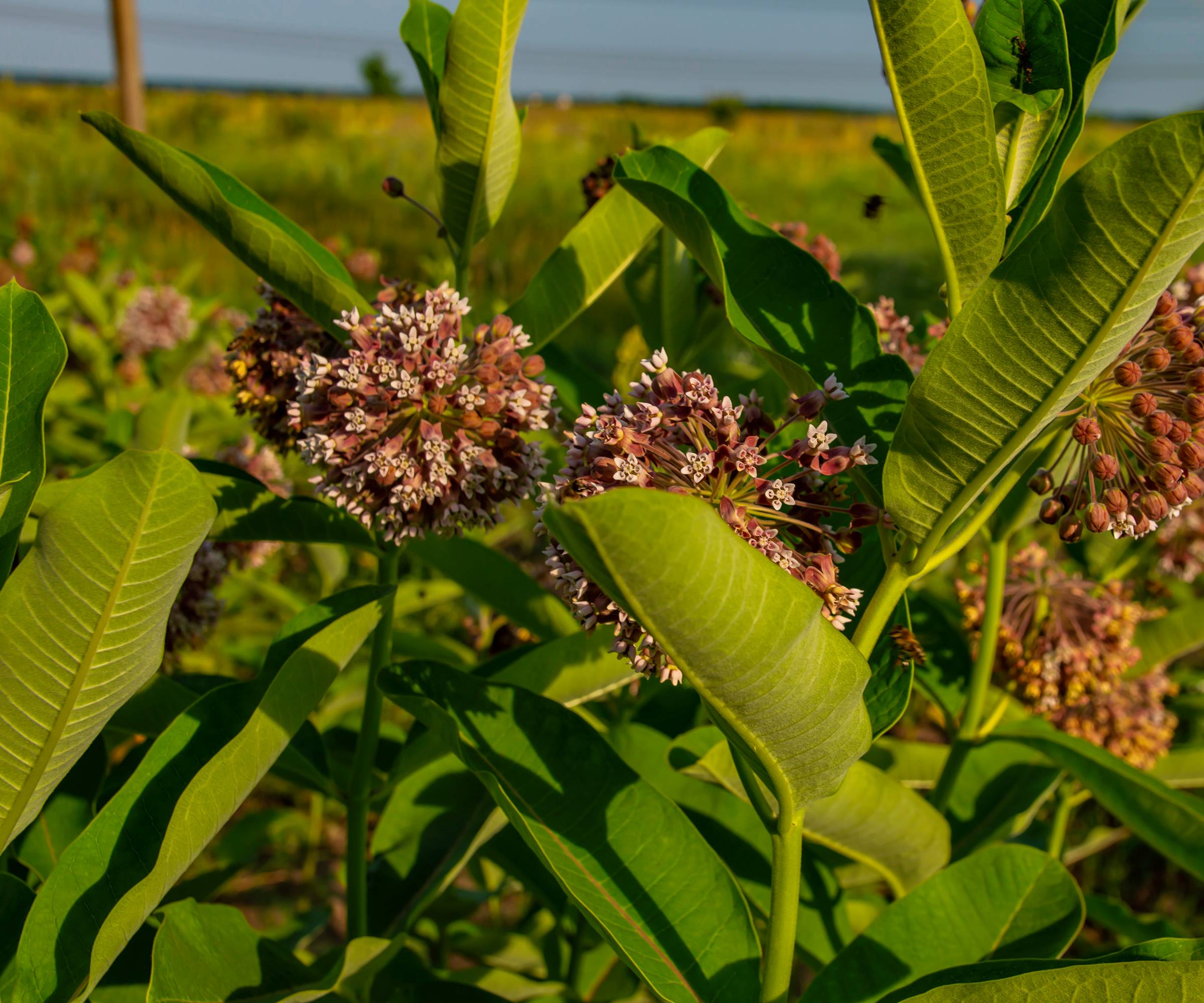
Prune and Deadhead Milkweed
Deadhead milkweed flowers as soon as they are spent to keep the plants looking tidy and to prolong blooming. If you want to propagate them or let the plants reseed themselves, allow the second flush of flowers to remain in place and produce seedpods.
You can cut milkweeds back in fall to tidy the garden. Leave a few inches of growth for wildlife habitat and look for new shoots in spring.
Problems, Pests & Diseases
Several insects feed on milkweed, but many are native and evolved with the plants. If you grow enough milkweed, some loss to these pests shouldn’t be a problem. Never use pesticides on or near milkweeds, as this will harm monarchs.
Look for aphids, which can cause significant damage. You can control aphids by physically removing them with a spray of water. Use traps to manage snails and slugs, which can damage fresh, young milkweed plants.
Fungal infections may be an issue, so look for signs of infections and remove and destroy affected leaves or plants. Root rot can also be a concern if the soil gets too wet and doesn’t drain well.
Propagating Milkweed
Growing milkweed seeds is easy and a great way to propagate these native plants. Older plants do not transplant well, so growing milkweed from seed or taking cuttings are better options than division.
To propagate by seed, collect seeds from pods in the fall. Wait for the pods to turn brown and start to open. Or, let the seed pods stay in place, and the plants will reseed naturally. If you are planting seeds by hand, sow them in the fall. Milkweed seeds need to be cold stratified, so they will not necessarily germinate if planted in spring.
Take milkweed cuttings in the middle of summer when the stems are still green. Remove about four inches (10 cm) of stem with a few pairs of leaves. Remove the lower leaves, keeping two pairs in place at the top, and root the cutting in moist potting mix.
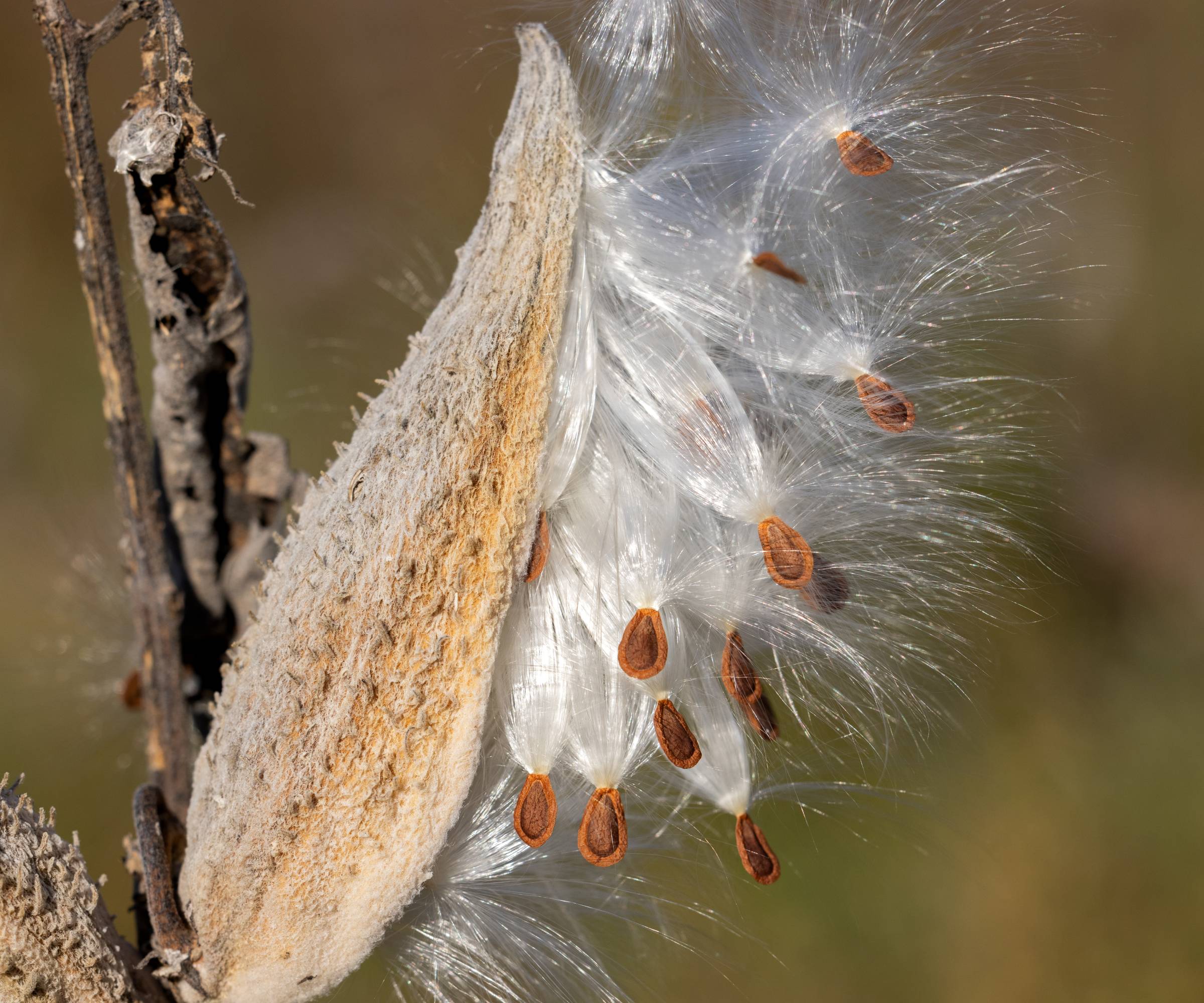
Frequently Asked Questions
What Does Milkweed Look Like When It Starts Growing?
In its first year, a milkweed plant is very small and often mistaken for a weed. Monarchs will still lay their eggs on these small plants, so don’t pull them. The plants look like milkweed, only smaller and without the flowers.
Does Milkweed Grow Back Every Year?
Yes, even if you cut them back, milkweed plants come back in the spring with new shoots.
This article features products available from third-party vendors in the Gardening Know How Shop.

Mary Ellen Ellis has been gardening for over 20 years. With degrees in Chemistry and Biology, Mary Ellen's specialties are flowers, native plants, and herbs.
-
 How To Make A Bouquet Garni Or Herb Bundle For Cooking
How To Make A Bouquet Garni Or Herb Bundle For CookingIf you’re a great cook, you may have made an herb bundle before. If this is a new idea, learn how to add sparkle and interest to your dish with a bouquet garni.
By Amy Grant
-
 ‘Coral Charm’ Peony Care For Sublime Semi-Double Peonies With Lush Salmon Pink Flowers
‘Coral Charm’ Peony Care For Sublime Semi-Double Peonies With Lush Salmon Pink FlowersPeonies are known for their soft baby pink or magenta tones, but if plushy coral blooms are your thing, here’s our guide to the ultimate ‘Coral Charm’ peony care
By Tonya Barnett
-
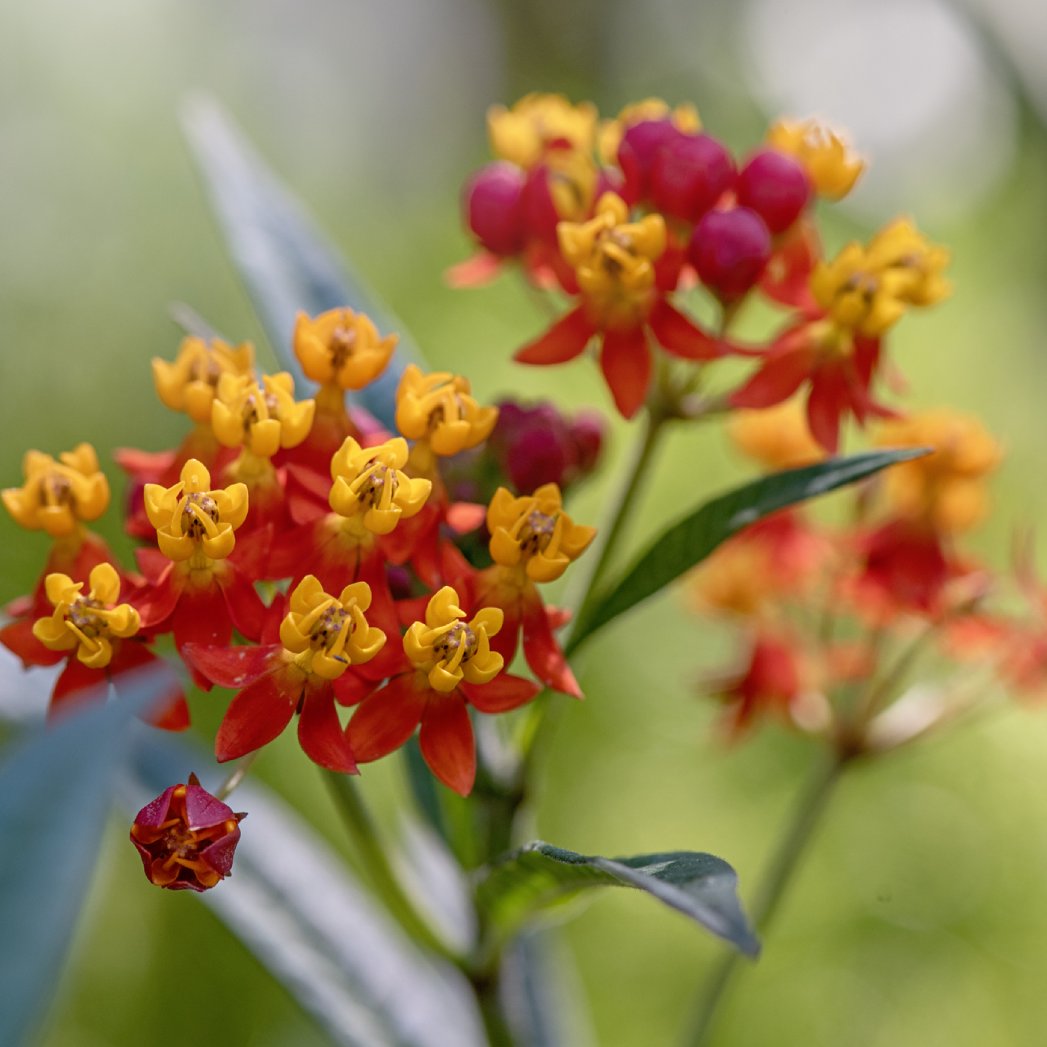 Is Tropical Milkweed Bad For Your Butterflies? What You Can Do
Is Tropical Milkweed Bad For Your Butterflies? What You Can DoTropical milkweed is a harmful plant that can trick both humans and monarch butterflies, and is contributing to declining monarch populations.
By Teo Spengler
-
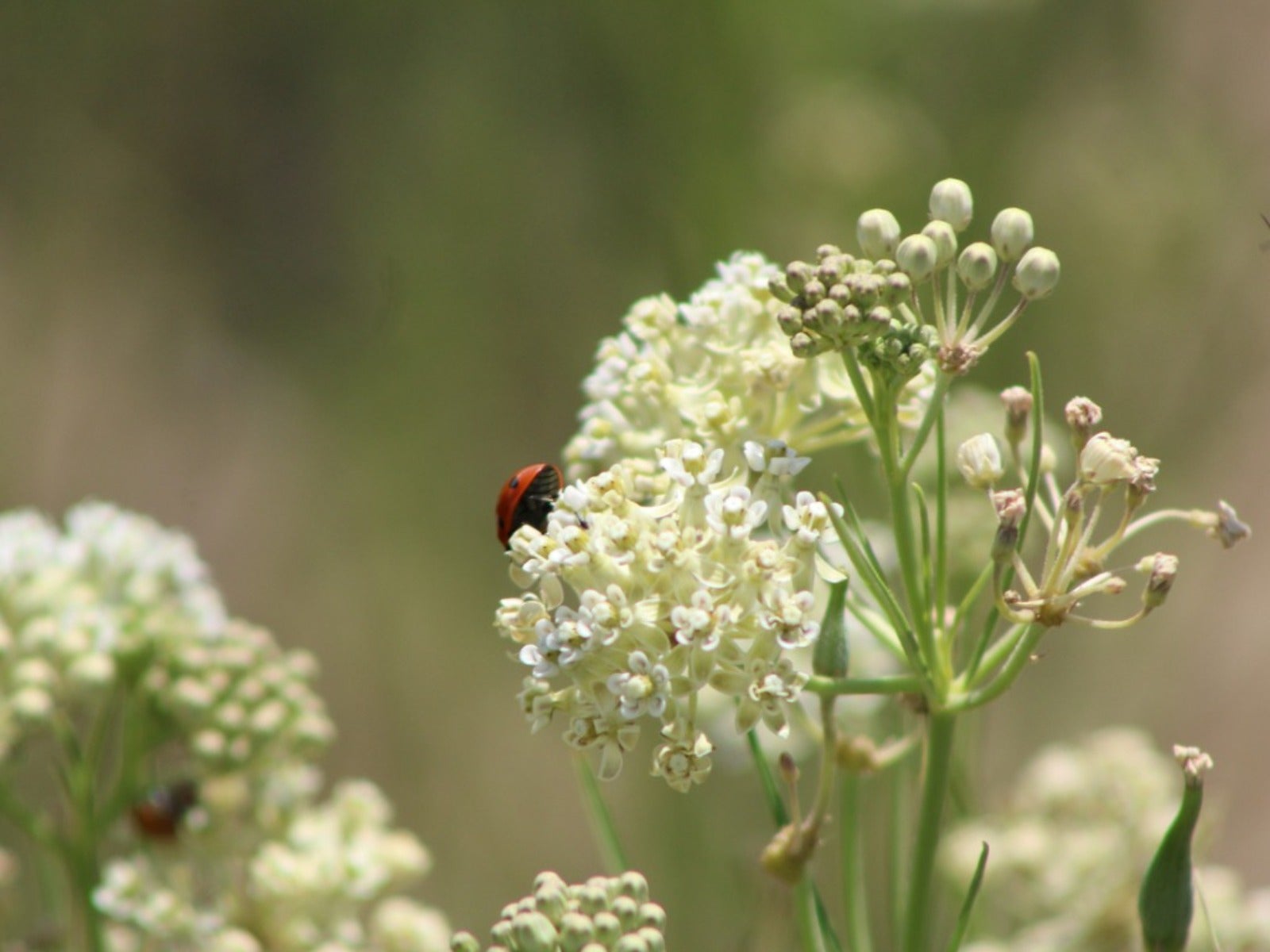 How To Grow Native Whorled Milkweed In The Garden
How To Grow Native Whorled Milkweed In The GardenWhorled milkweed is beloved by monarch butterflies, but it attracts other pollinators, too. Click to read more.
By Mary Ellen Ellis
-
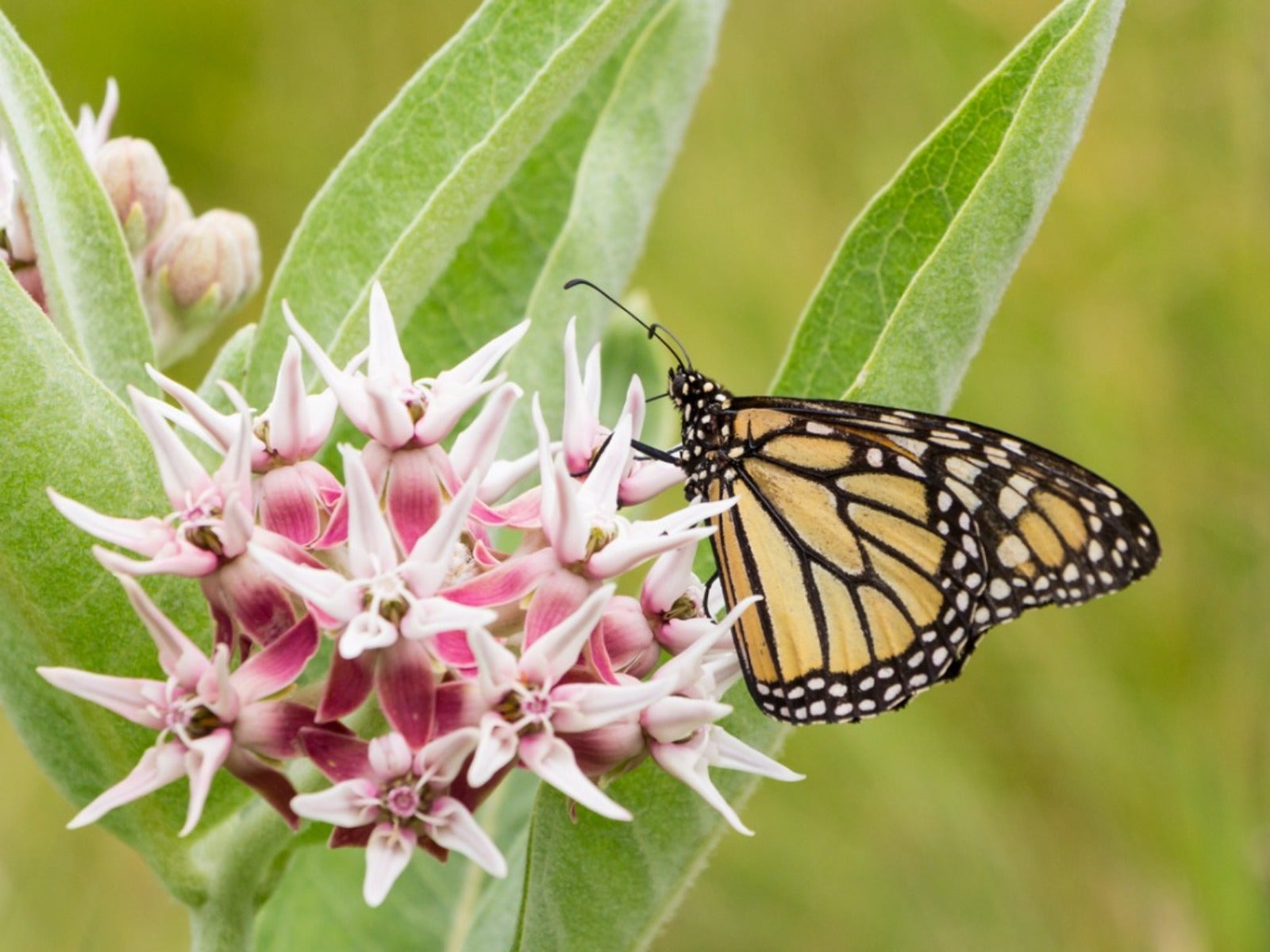 Best California Milkweed Varieties For Monarch Butterflies
Best California Milkweed Varieties For Monarch ButterfliesClick here to learn what the best milkweed varieties for California are.
By Teo Spengler
-
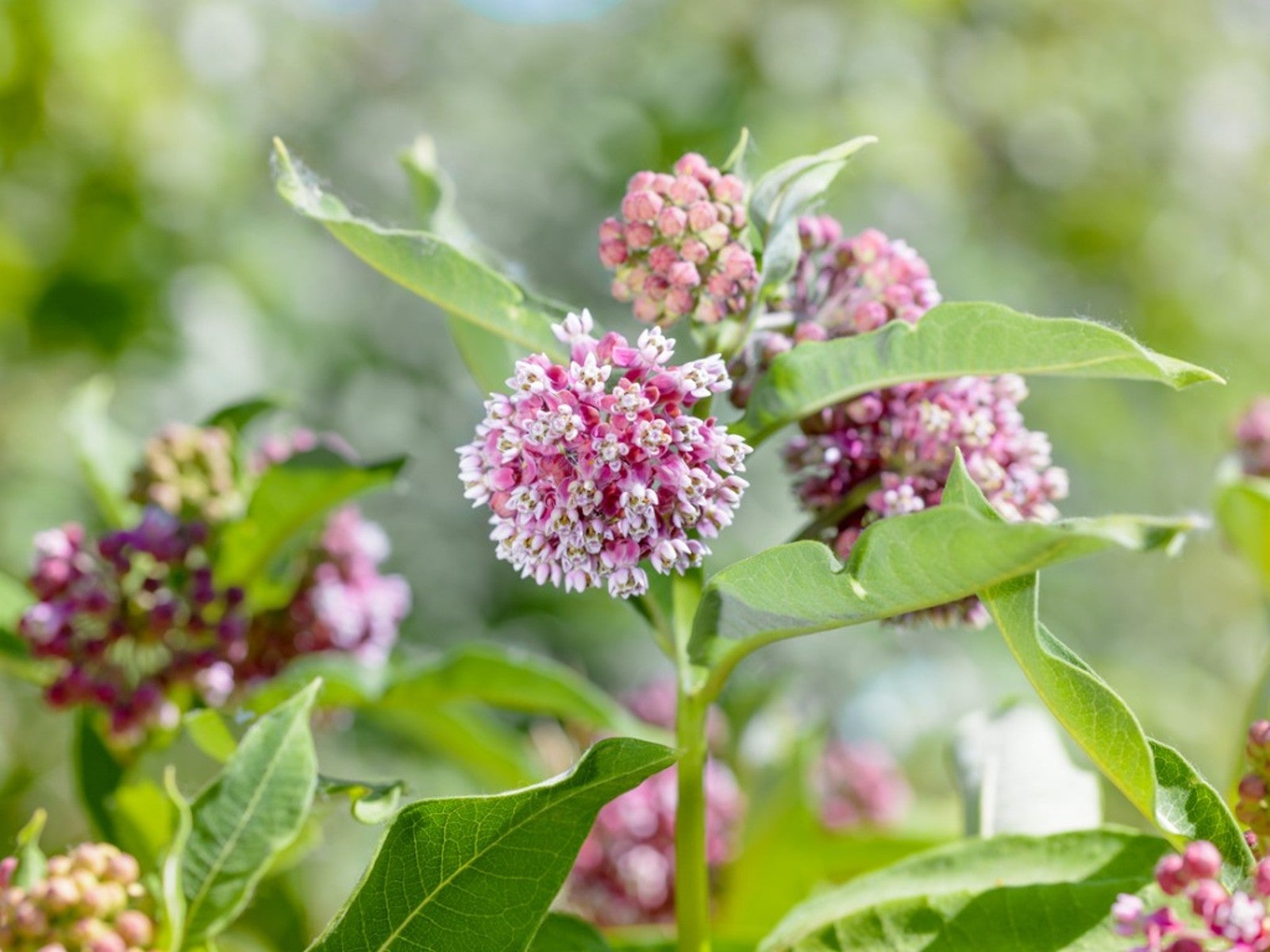 Is Milkweed Plant Poisonous To Pets, People And Livestock?
Is Milkweed Plant Poisonous To Pets, People And Livestock?Butterflies love and depend on milkweed, but the plant is toxic to other animlas. Learn about how to use it responsibly.
By Susan Albert
-
 Growing Showy Milkweed From Seed Or Cuttings
Growing Showy Milkweed From Seed Or CuttingsMilkweed is a valuable addition to gardens as a magnet for butterflies and other pollinators. Plant it from seed or cuttings, but watch out for the sap.
By Tonya Barnett
-
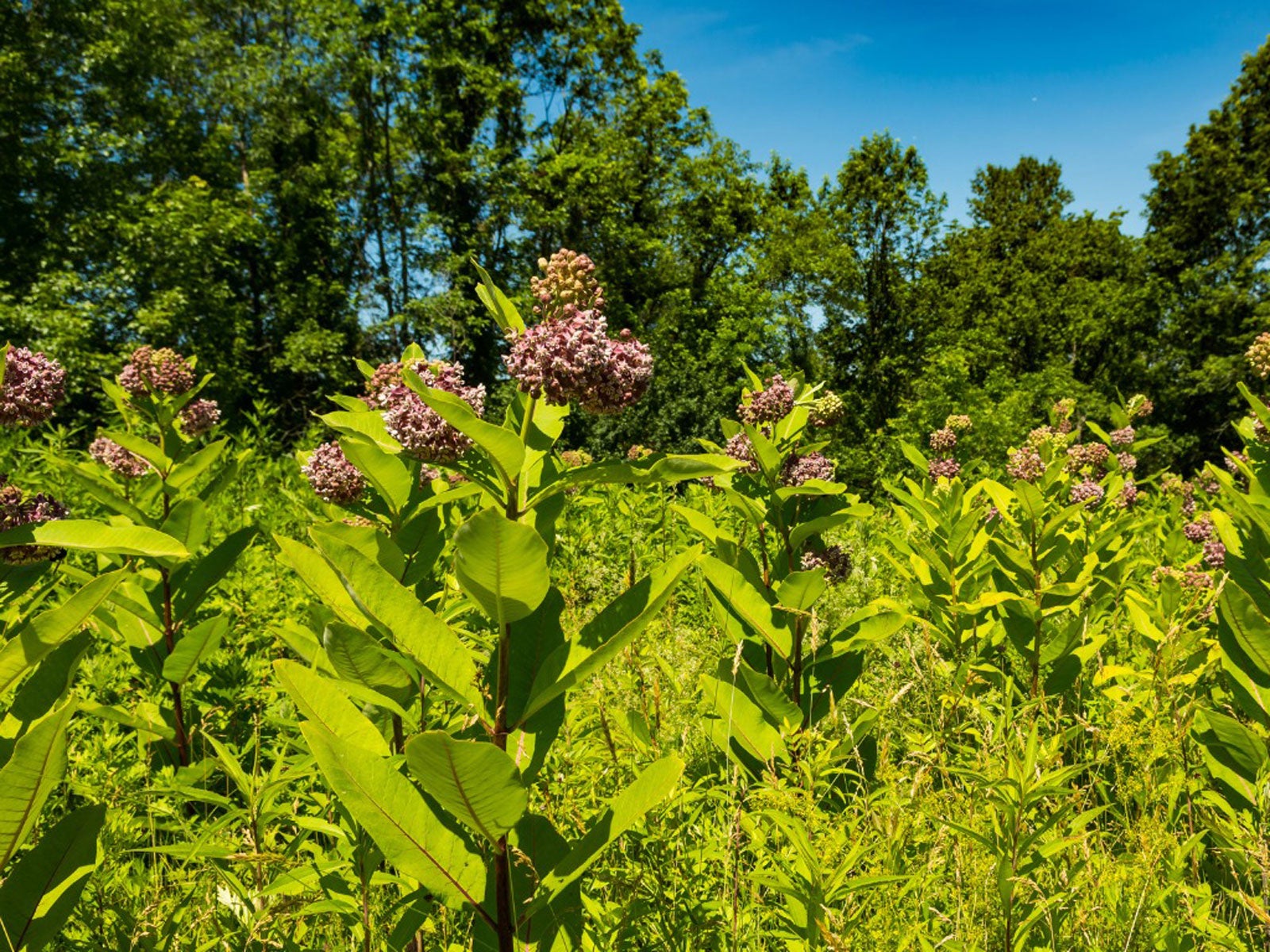 Milkweed Cutting Propagation: Learn About Rooting Milkweed Cuttings
Milkweed Cutting Propagation: Learn About Rooting Milkweed CuttingsYou may already grow milkweed if you have a butterfly garden. Starting milkweed from cuttings can increase the number of plants you have. For more information, click here.
By Laura Miller
-
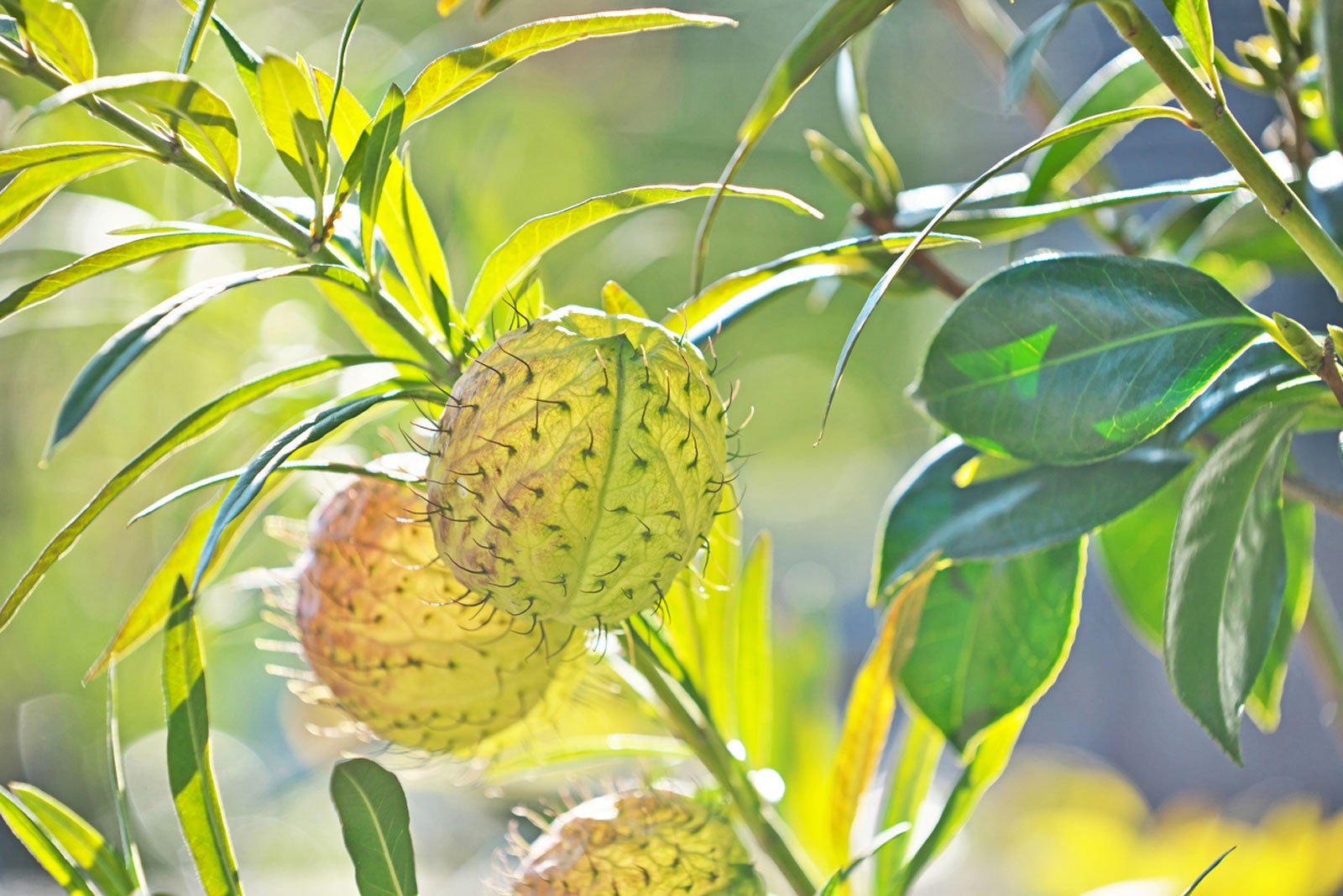 How To Grow Balloon Plants: Care Of Balloon Plants In The Garden
How To Grow Balloon Plants: Care Of Balloon Plants In The GardenLike all members of the milkweed family, the balloon plant is one of the best plants for attracting monarch butterflies. Learn more about adding the balloon plant milkweed species to your garden in this article. Click here for additional information.
By Mary H. Dyer
-
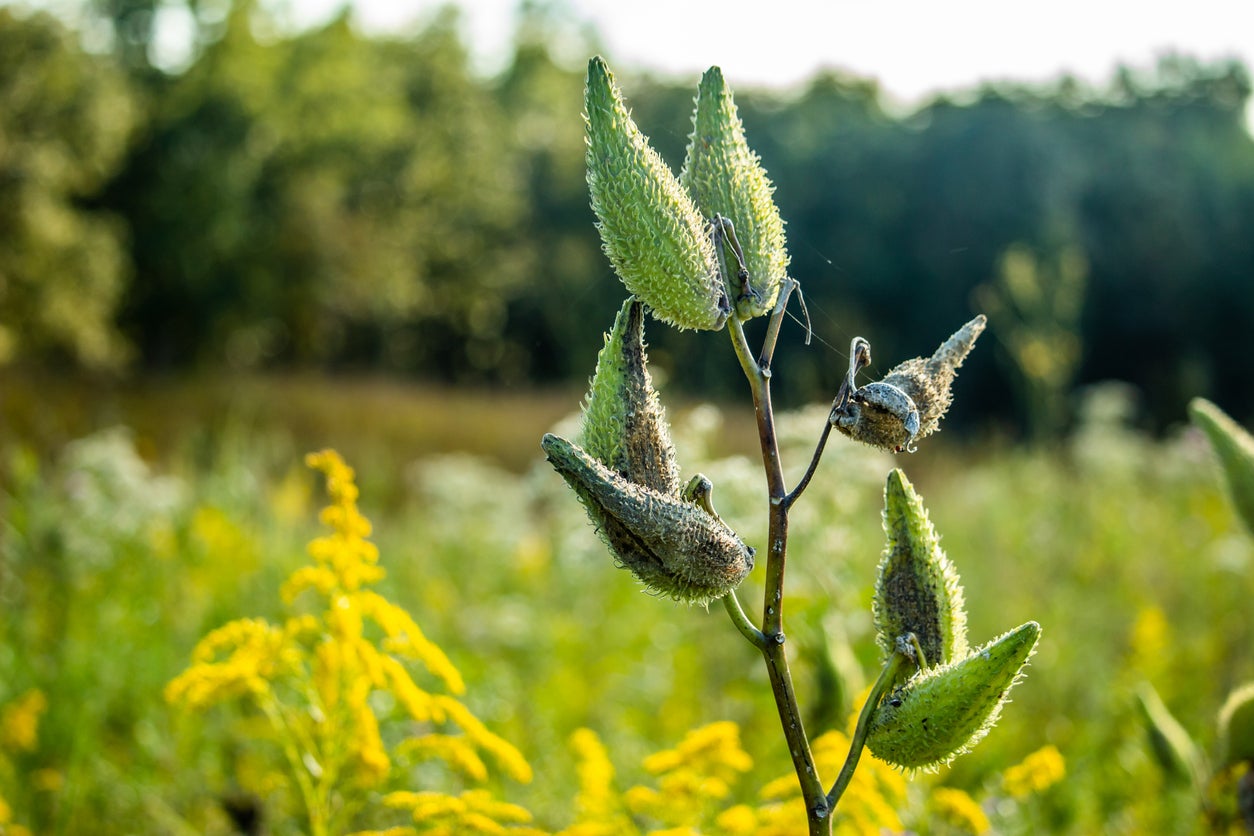 Milkweed Pruning Guide: Do I Deadhead Milkweed Plants
Milkweed Pruning Guide: Do I Deadhead Milkweed PlantsGrowing the plants will attract and feed these beautiful butterflies. But you may be asking, “should I prune milkweed.” Milkweed pruning isn’t really necessary, but deadheading milkweed can enhance appearance and encourage further flowering. Click here for more info.
By Bonnie L. Grant